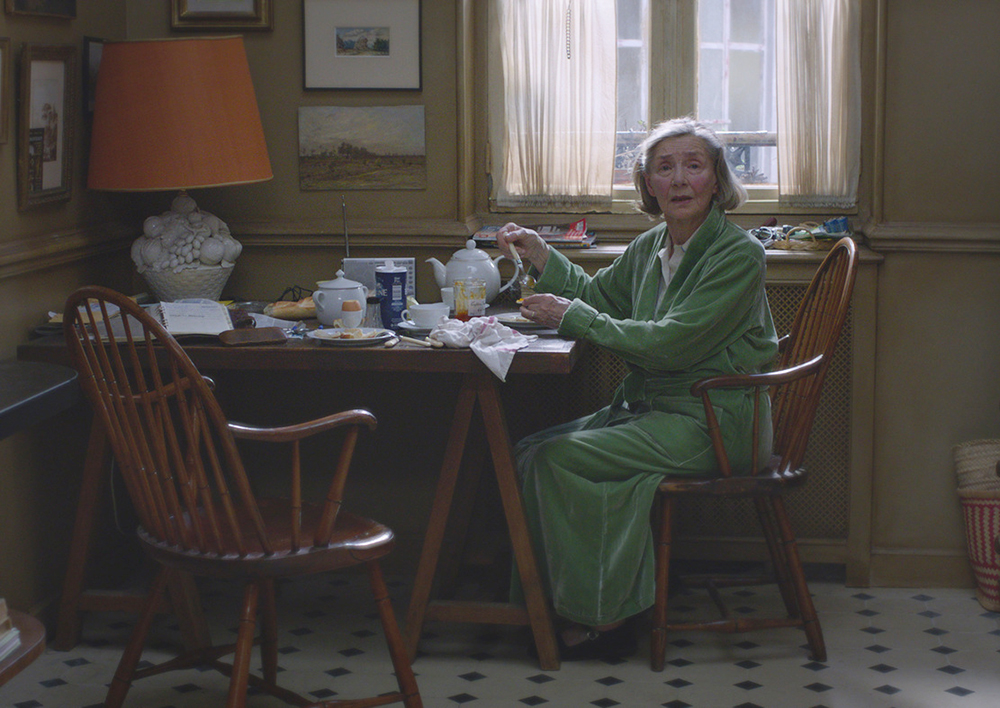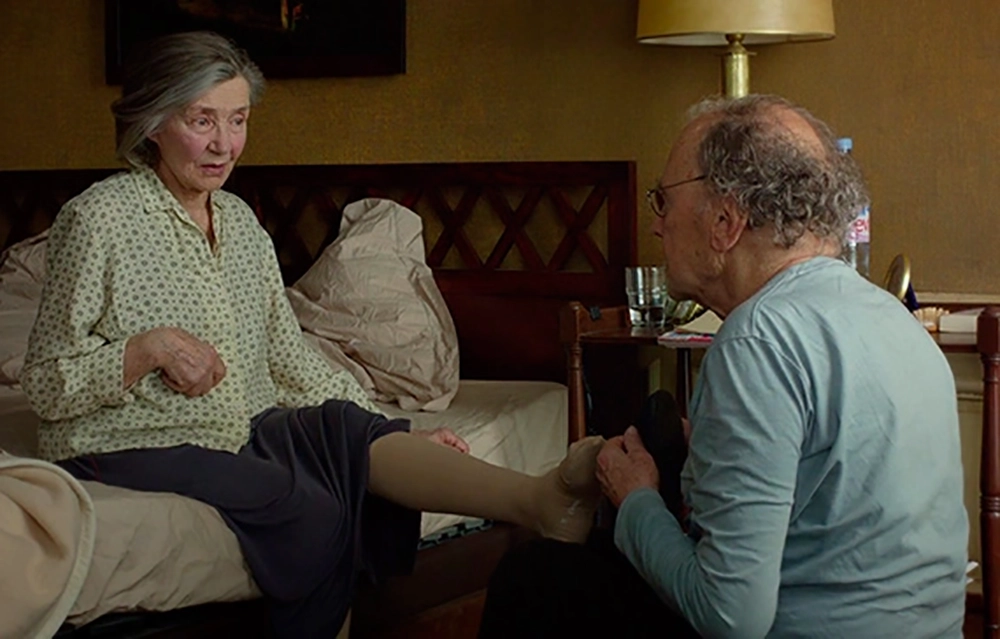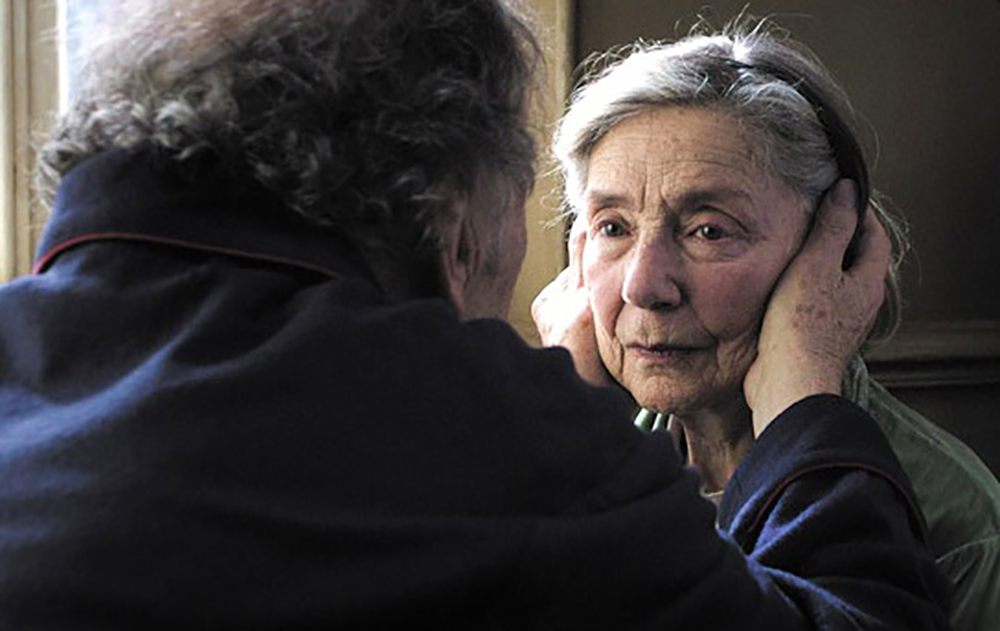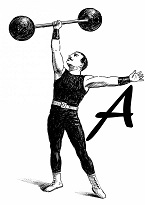Love is one of the most powerful emotions that a person can possess. It has the power of complete devotion, to create a loyalty like nothing else. But the power of love—like the song suggests—really is a force from above. It is one that can force you to make truly heart-breaking decisions.
“Amour” is the very definition of the word love. It is a film about absolute loyalty for a loved one, troubling questions of morality, and the passing of time that affects us all. The cinematic result is one of unquestionable success that cemented it as one of the best films of the decade. 10 years have passed since this film was released (a baby in cinema terms) but it achieves a rare feat. “Amour” is a film that gets better with age (much like its star performers). In 30 years, you can guarantee this will be an experience even more powerful. It’s simple in nature, powerfully presented, and the affect it leaves on you is an unusual form of clarity.
‘Amour’ an Honest Depiction of Love that is at Once Inspiring Yet Dark
“Amour” is one of 2012’s best films, as well one of the most memorable films of the decade. An awards darling, it won that years Palme d’Or (the second win for Michael Haneke after 2009s “The White Ribbon”) the Oscar for ‘Best Foreign Language Film,’ as well as being nominated in four other categories: ‘Best Picture,’ ‘Best Actress in a Leading Role’ (Emmanuelle Riva), ‘Best Original Screenplay,’ and ‘Best Director’ (both for Haneke).
Where do you even begin to talk about the films of Michael Haneke as well? The absolute mastery with how he represents the grim and the turbulent, the hyper-accuracy and stark realisation of a plethora of social issues that Haneke often includes in his films. But with “Amour,” it’s his honest depiction of love that becomes much darker than any of the director’s previous characterizations.
Also Read: Review: ‘The Piano Teacher’—Modern Cinema’s Shocking and Unsettling Masterpiece
For a romantic film to focus on the relationship between an octogenarian couple is rare. We are often forced to sit through a high school definition of the word romance, or even two lost soul middle-aged soul mates finally finding each other—they are so often false and full of misdirection. “Amour” on the other hand is truthful. It is slow and steady, and exactly what it needs to be for maximum effect. It is an authentic representation of the pace of life (it isn’t always one hundred miles an hour, you know) especially for an older couple like Georges and Anne. This is a duo that have been through the trenches together, this is true love. Every murmur, ever concerned look, every hobbled step, and the touches of affirmation are perfectly incorporated to represent a tandem-like relationship. But when Anne suffers a stroke, Georges must do everything to help her recover, putting his own ailments to one side for the good of his wife.
The Camera Tells the Story as Much as its Characters

Due to “Amour” moving at such a leisurely pace, it allows time for some truly astonishing camera movement—or a lack of movement should I say. At various points in the film, the camera is perfectly still, focusing on one specific thing, whether it be character or an object. But it just lingers, almost without substance, simply sitting there uninterrupted, soaking everything in. When the character is lingering camera’s focus, it seems as if nothing is happening—yet everything is happening. There is an undeniable feeling of sadness that protrudes through, possibly even some disdain or contentedness about the situation. As is so often the case, no words or actions are even needed. In these moments is when “Amour” has the greatest effect on its viewers.
As they say though (whoever they are) “it takes two to tango” and these scenes wouldn’t be as powerful as they are without the sublime but subtle acting from the two leads. It’s the simple things like acting with the eyes, the facial concerns that appear (especially with Georges), the little moments of appreciation—they just seem so naturally in sync with one another. The direction from Haneke is also key, a man who has become an expert in character development. And in those characters comes multidimensional layers of emotion and personality traits that create well-rounded instruments for narrative exploration.
A Film that Will Go Down as a Modern-Day Classic

It’s not all doom and gloom though, which is why “Amour” possesses such great star quality. There are magical moments that add an incredible amount of depth to the story. Moments like the photo album scene is especially clever, because it creates character background without the use of words. And even more so, Anne’s childlike response to getting a new electric scooter is a joyous moment as she enjoys the freedom of mobility once more. It’s the simple things in life that are often the most bewitching. “Amour” uses them to such great effect that it results in beautiful moments of serenity.
Putting a bandage on a broken leg doesn’t eliminate the pain though, it just softens the appearance slightly—and “Amour” is still a tremendously difficult watch. It’s an excruciating experience because of the whole nature of things; the pain thrust through the screen is immense. It harbours a very eerie atmosphere, one that hangs over the scene like the Grim Reaper themself. This is a romance film in the guise of a horror film, and it’s terrifying. The fact that Jean-Louis Trintignant and Emmanuelle Riva are no longer with us means the film carries extra meaning, a more literal one even. And watching this film posthumously is another experience completely. Time is a great ally to this film, which is why it will always go down as a modern-day classic.
“Amour” is available to rent from my streaming services.
Support the Site: Consider becoming a sponsor to unlock exclusive, member-only content and help support The Movie Buff!


